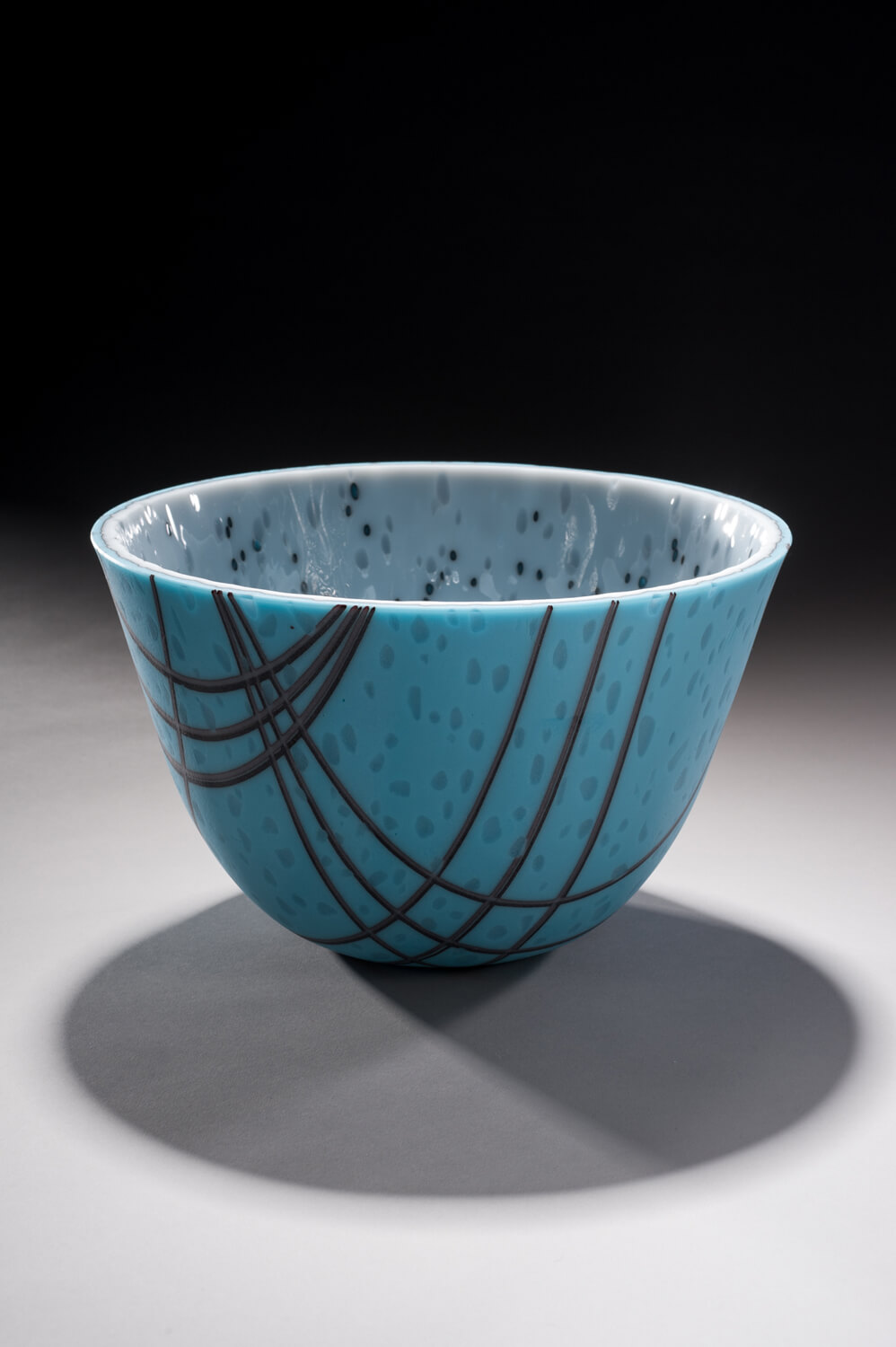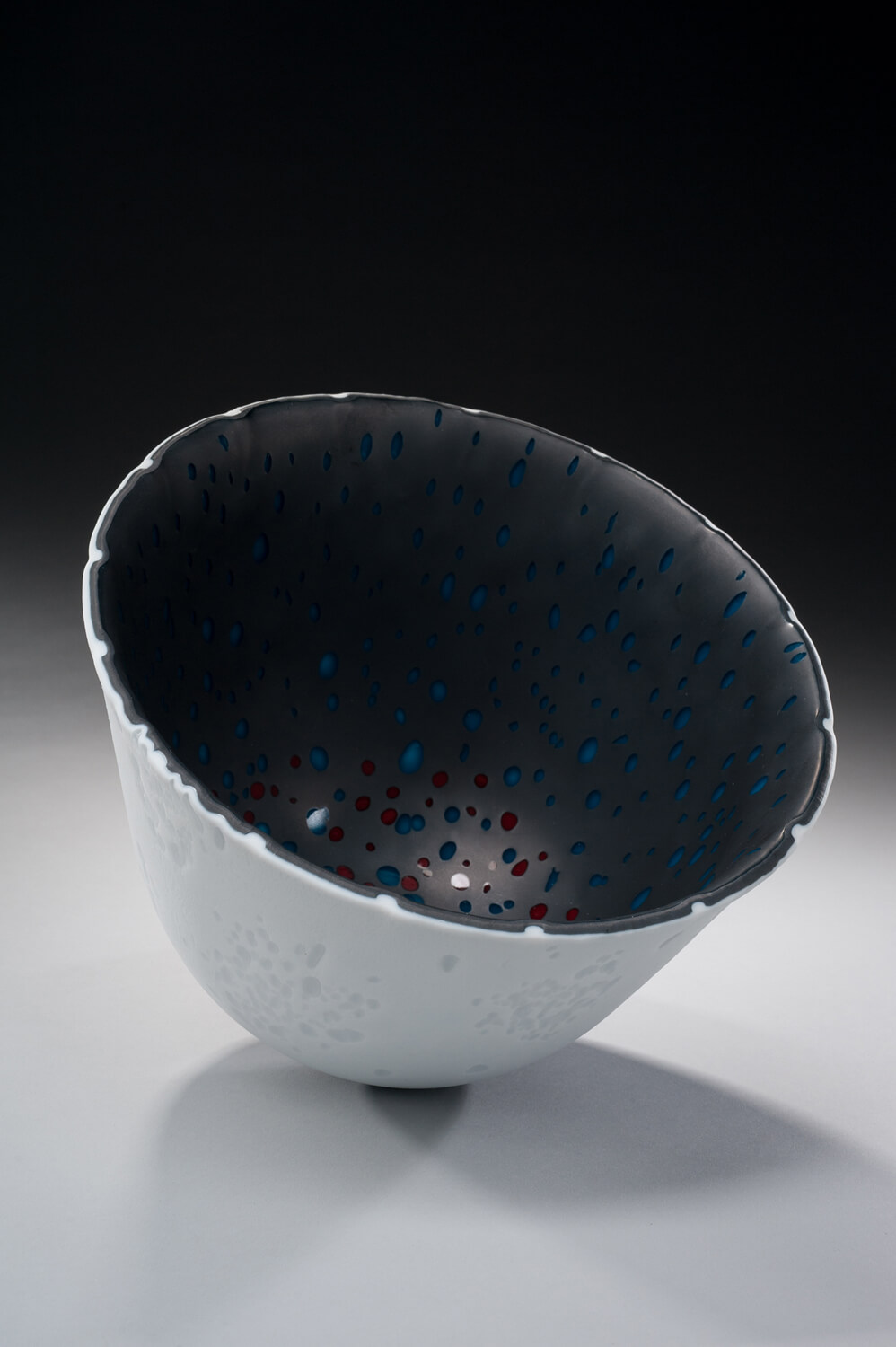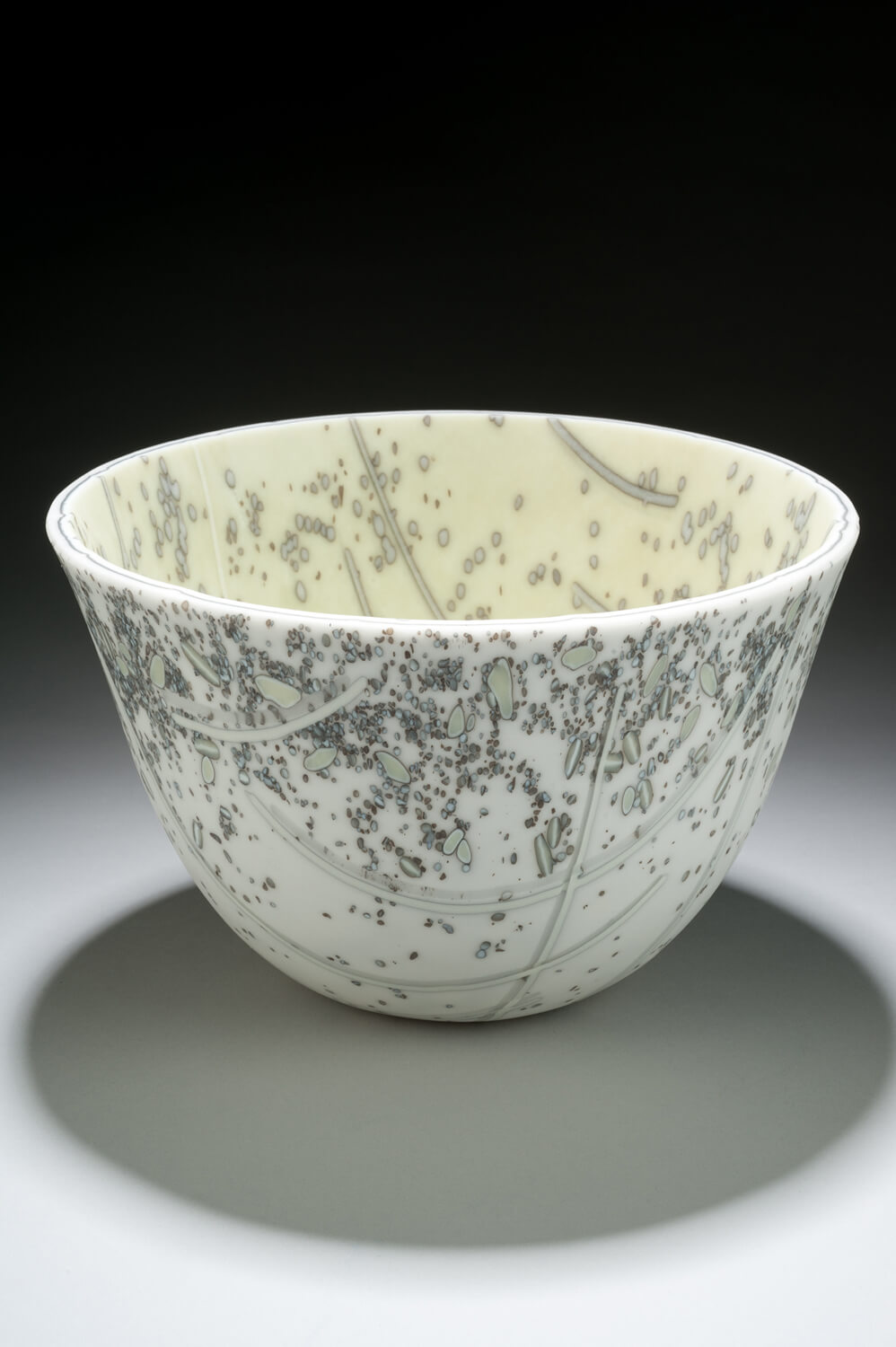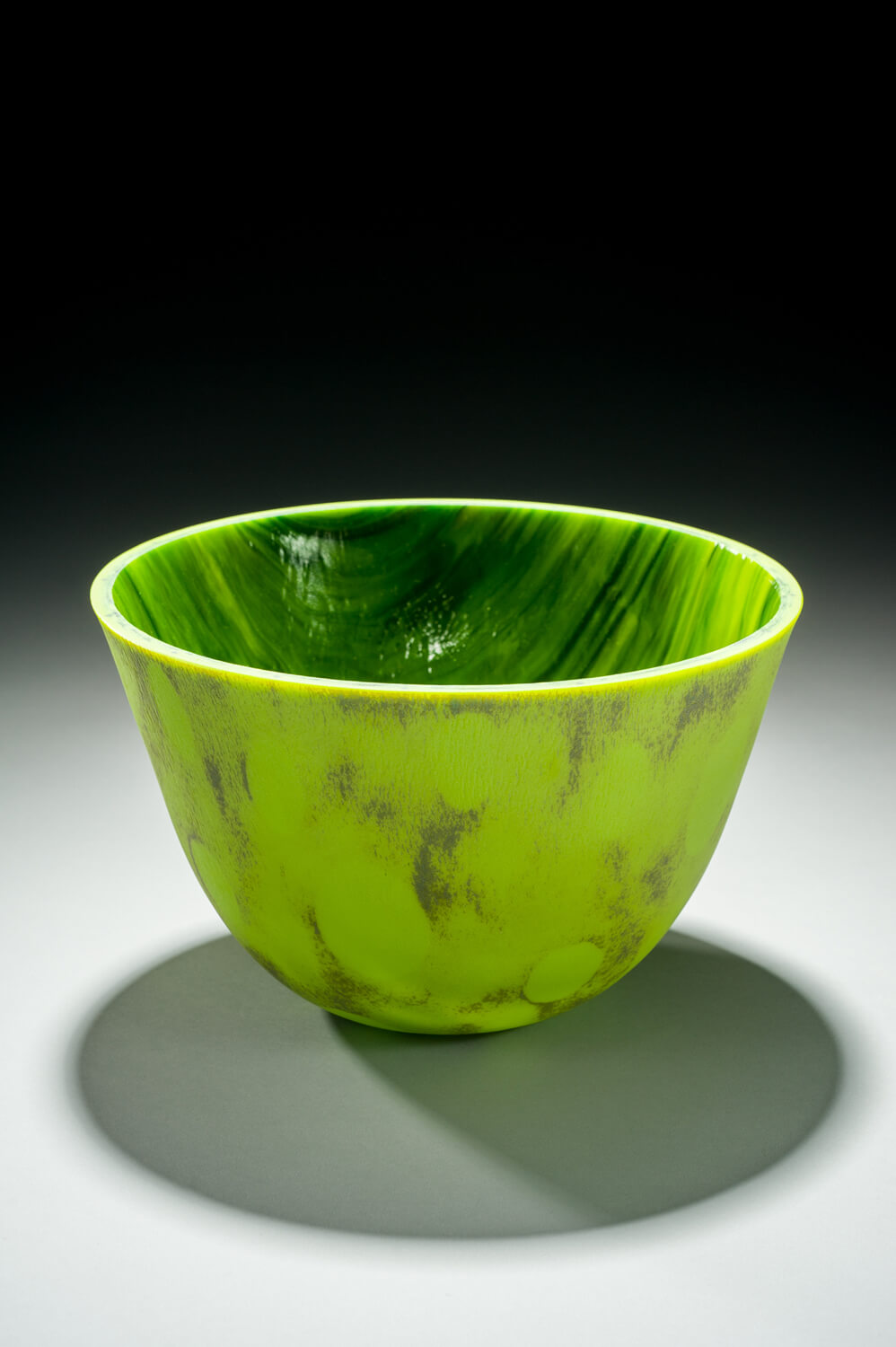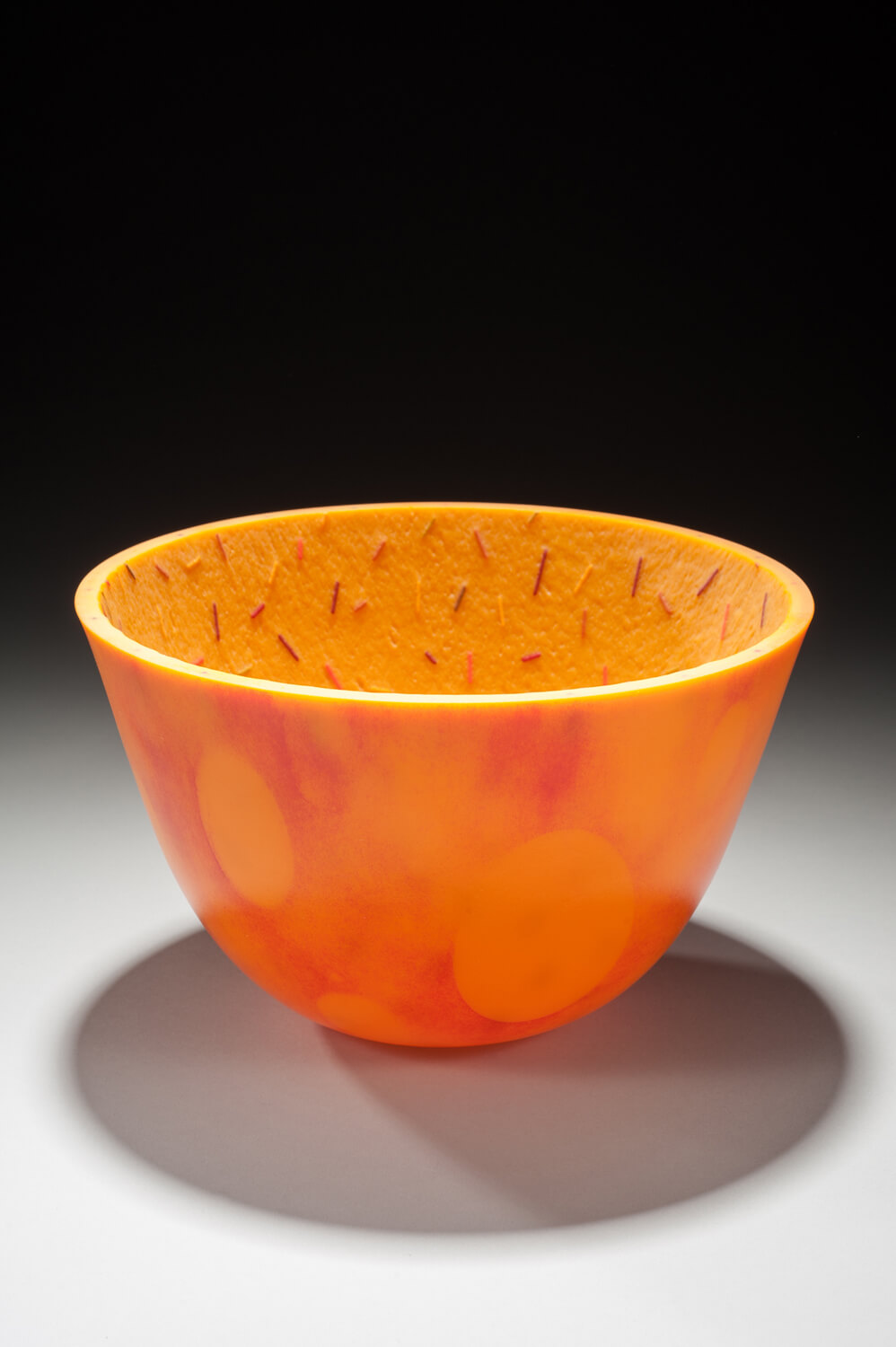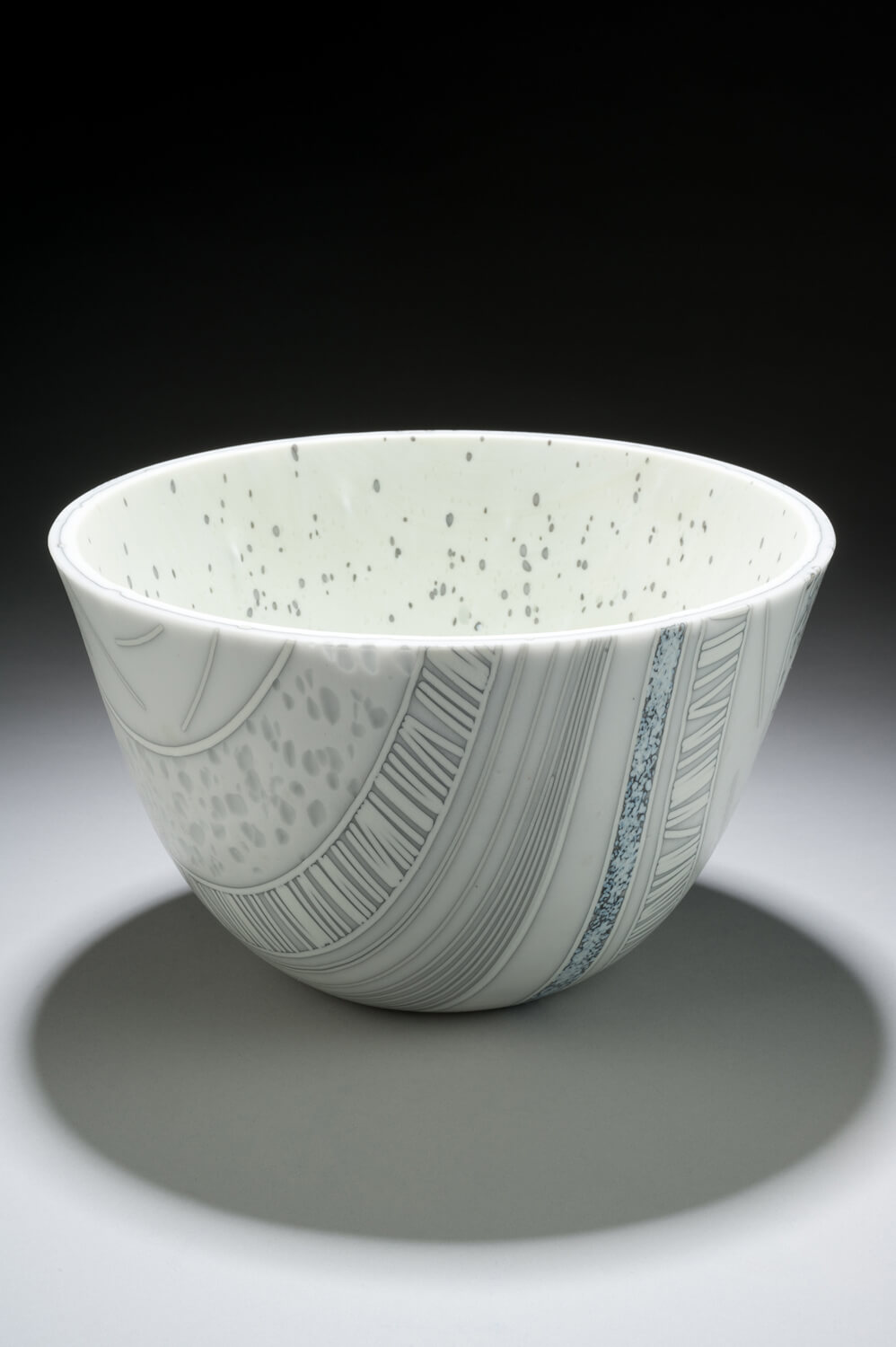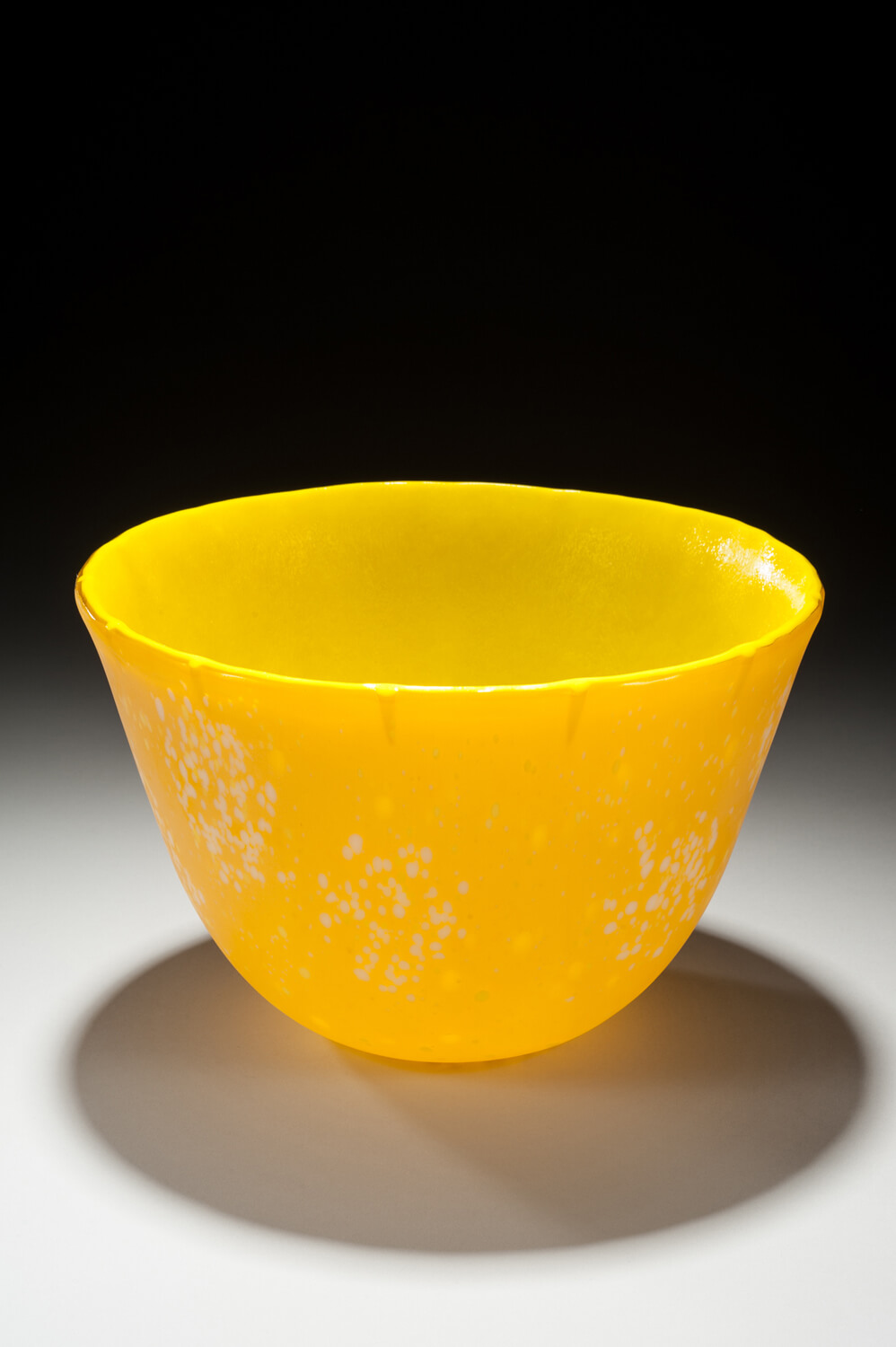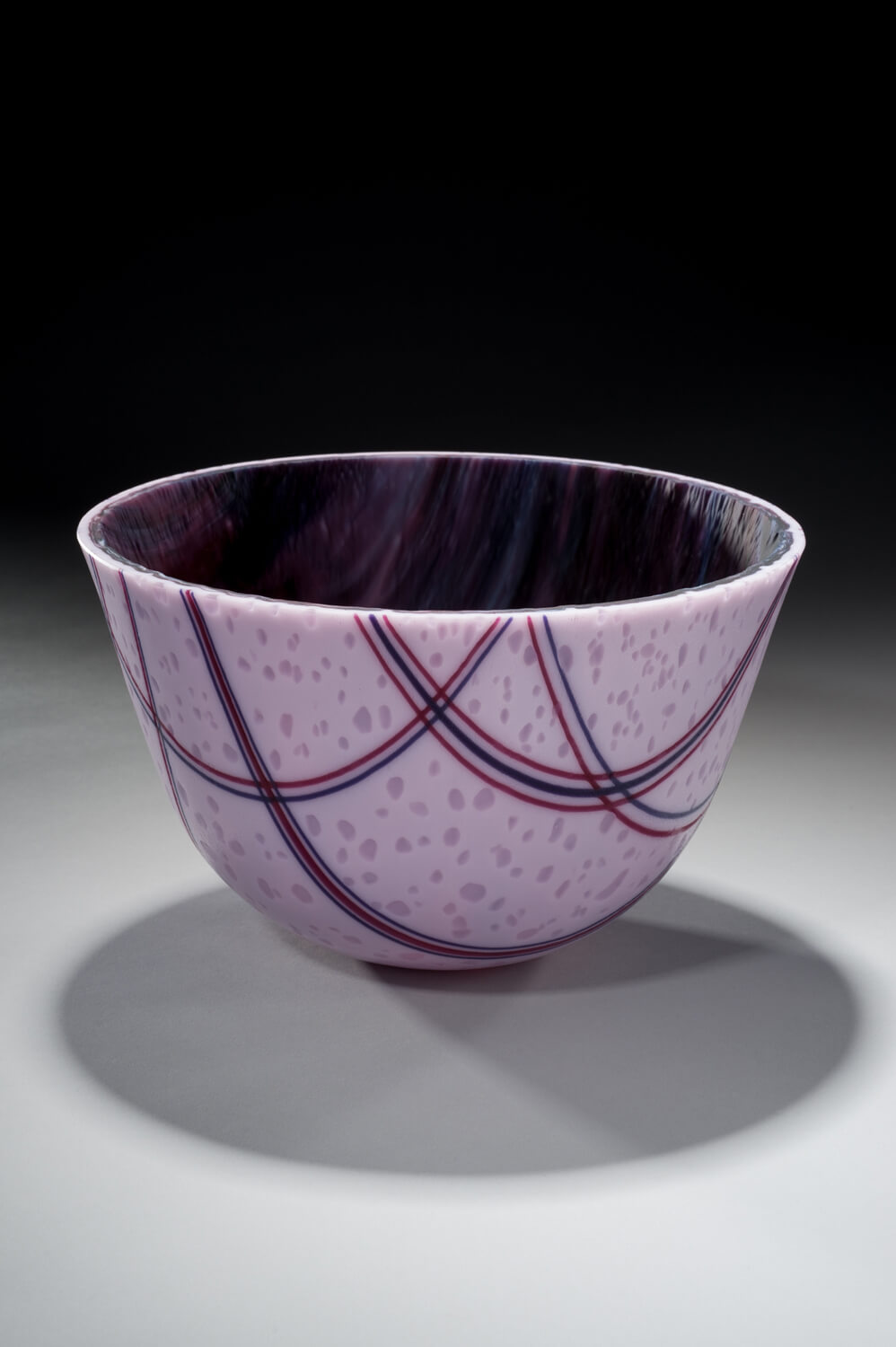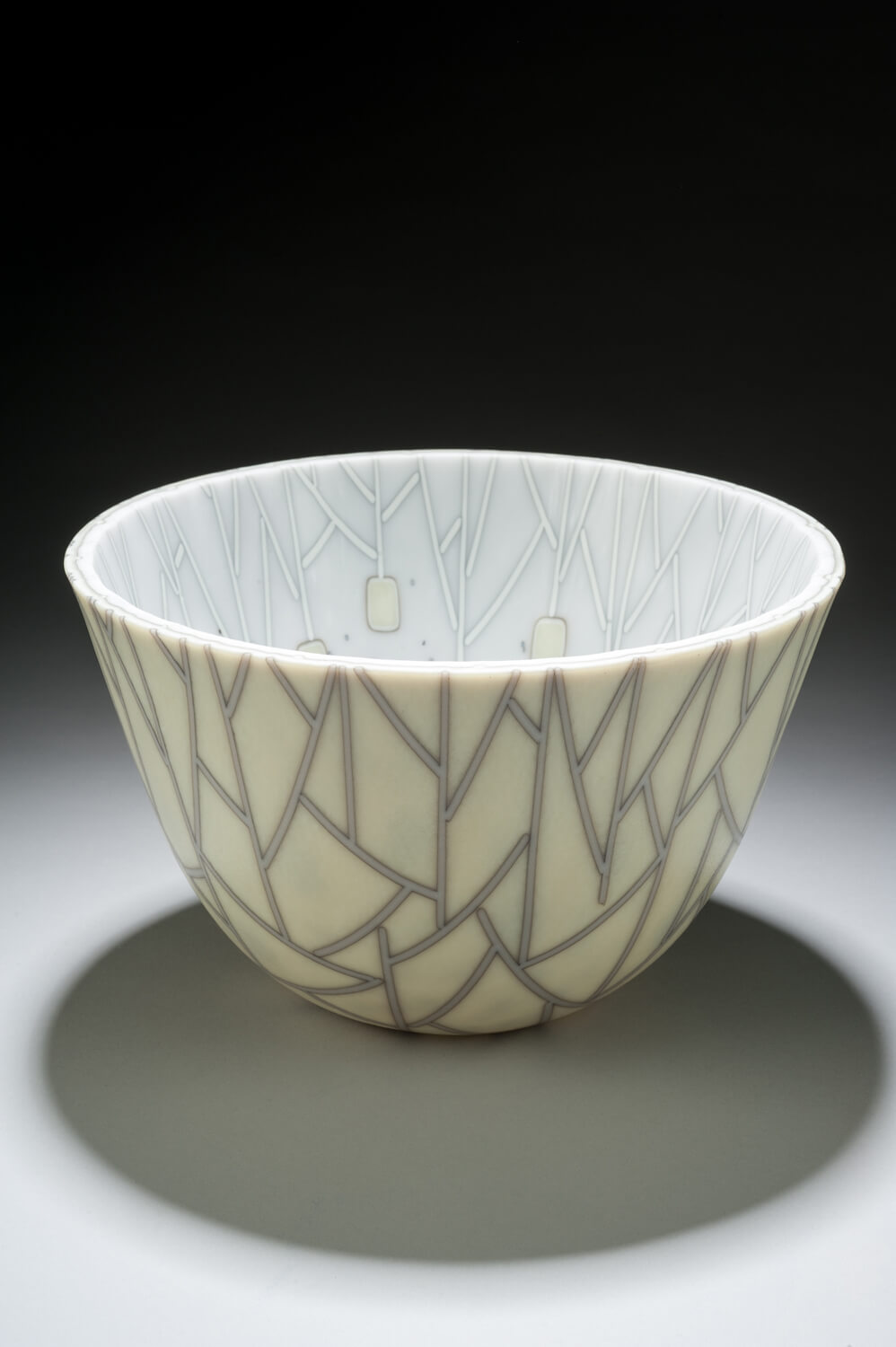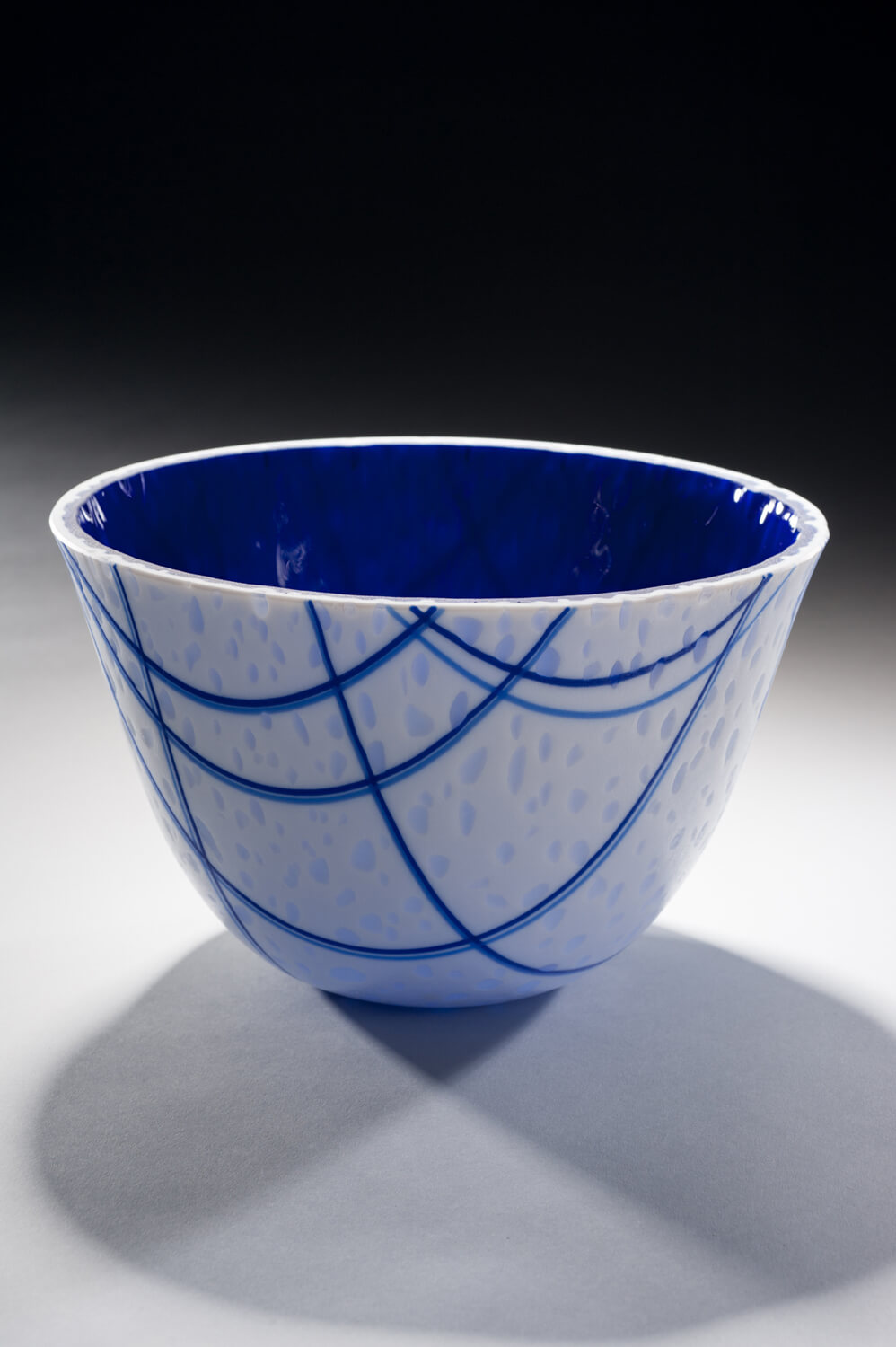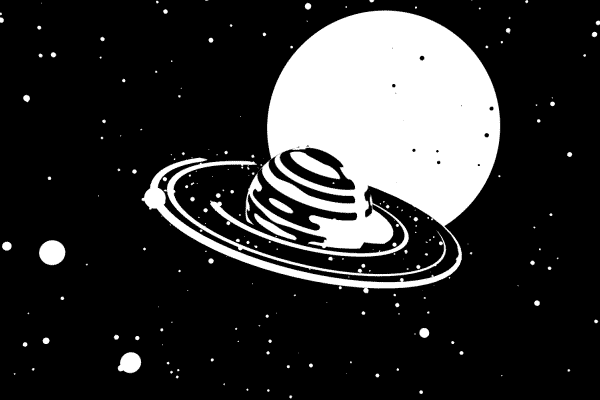
Origins
Blue Moon
The average span between two new Moons is 29.53 days, allowing for the possibility of two full Moons within one calendar month. The traditional definition of a Blue Moon is the third Moon in a season that has four full Moons. The more modern definition is the second full Moon within the calendar month. Over the next 20 years there will be only about 15 Blue Moons, thus the saying “Once in a Blue Moon”.
The interpretation of this vessel is literal, which occurs when the Moon appears an unusual bluish color. This phenomenon is caused by a high level of smoke or dust particles in the atmosphere, such as in 1883 after the eruption of Krakatoa in Indonesia. Other reports of Blue Moons were recorded after the eruptions of Mount St. Helens (1980), El Chichon (1983) and Mount Pinatubo (1991).
Watch for these Blue Moons:
- August 31, 2023
- May 31, 2026
- May 20, 2027
- August 23, 2029
By The Light of the Silvery Moon
By the Light of the Silvery Moon was inspired by the song featured in the 1953 Warner Brothers movie musical of the same name. The film is the sequel to “On Moonlight Bay” (1951). Both movies are loosely based on the 1914-1929 “Penrod” stories penned by Booth Tarkington and follow the Windield family in the small town of Milburn, Indiana, post WWI.
Look closely at the color and texture of the vessel interior. The metallic appearance is actually caused by a reaction when fired in the kiln. The glass that now appears gray metallic starts out shinny blue, but as it heats and is exposed to air, it turns a “metallic” color and texture. The small blue spots were areas capped with clear glass before firing, preventing the reaction to occur. As in the 1953 movie, all is not exactly what it seems.
Callisto
The Galilean moons are the four largest moons of Jupiter. Galileo Galilei discovered these satellites orbiting Jupiter in 1610. This discovery changed the world by seriously challenging the Ptolemaic system where the Earth is considered stationary and at the center of the universe. Initially named Jupiter IV the fourth Medicean planet, the fourth satellite was later renamed “Callisto”, in Greek mythology one of the lovers of Zeus and daughter of Lycaon, King of Arcadia.
Fun Callisto facts: the 3rd largest satellite in the solar system, most heavily cratered object in the solar system, the oldest landscape in the solar system (4 billion years), the only body greater than 1000 km in diameter in the solar system that has shown no signs of undergoing any extensive resurfacing since impacts molded its surface and twice as bright as the Earth’s Moon.
Destination Moon
If there is one thing that is constant in my studio, it is music. Whether jazz, R&B, electronic/dance, country or pop, it is most always playing in the background. There are times, though, when nothing else will do except classic standards from the Great American Songbook. The lyrics, the melodies, the song interpretations often spark inspiration and occasionally lift one to an unworldly place. One such classic, “Destination Moon” (1951).
“Oh we’ll go up, up, up
Straight to the Moon, we two
High in the starry blue
I’ll be out of this world with you…
Leave your past below, pull the switch let’s go
Our destination…destination moon”
Quick Moon Fix: “Destination Moon”, 2007 Decca Records, by Canadian R&B singer Deborah Cox.
Enceladus
Discovered by William Herschel in 1789, Enceladus is the 6th largest moon of Saturn. Only about 300 miles in diameter (roughly 1/7th the size of the Earth’s Moon) it is said to be the brightest object in our solar system because of its reflective snowy, water-ice surface. Long thought to be geologically inactive, a hot spot was recently discovered at the southern pole. From the hot spot, geyser-like plumes of ice particles and water vapor shoot hundreds of miles into space, a major source of material for Saturn’s E ring. Other discoveries such as the existence of nitrogen and organic carbon make Enceladus a prime candidate for the search for extraterrestrial life forms.
Quick Moon Fix: Check out the story and findings of Cassini, NASA’s spacecraft whose mission is an in-depth, close-by study of Saturn and its many moons. Cassini has passed within 15 miles of Enceladus, sampling the water vapors and sending back stunning images.
Europa
Discovered by Galileo Galilei in 1610, Europa is slightly smaller than the Earth’s Moon. The surface of Jupiter’s 6th closest moon is known to be the smoothest of any known solid object in our Solar System. It is hypothesized that an underlying ocean exists which could potentially prove to be life supporting. The prominent crisscrossing surface lines are called “lineae” and are thought to be related to tidal flexing, an activity similar to plate tectonics and previously considered unique to Earth. In 2013 NASA announced water vapor plumes similar to those discovered on Enceladus were detected on Europa.
The Moon is Made of Green Cheese
It isn’t entirely clear who was the first person to coin the proverb “The Moon is Made of Green Cheese”, but most credit either the famed French monk and satirist Francois Rabelais (1483-1553) or English writer John Heywood (1497-1580). The phrase was initially used to refer to something so outlandish that only the exceedingly naive would believe it. During the 16th century, “green cheese” meant “new, non-aged cheese”, rather than the actual color green. This vessel represents a modern, literal interpretation.
References to a Green Cheese Moon continue today in popular culture. On April 1, 2002 NASA “proved” the Moon was made of green cheese (with an expiration date!) using doctored pictures allegedly from the Hubble telescope. In the “Duck Tales” NES video game Uncle Scrooge obtains a chunk of the “Green Cheese of Longevity” from the Moon.
Harvest Moon
Also known as the Wine Moon, the Full Harvest Moon occurs closest to the autumnal equinox when the tilt of the Earth’s axis is inclined neither away from nor towards the Sun, the center of the Sun being in the same place as the Earths’ equator. The orange and red coloring, as portrayed on the exterior of this vessel, is caused by the scattering of bluish light as the Moon is viewed through much more of the Earth’s atmosphere.
Traditionally, this is the time of year when the last crops are being gathered, generating color filtering particles in the atmosphere (symbolized on the interior of the vessel). For several days following the Full Harvest Moon the Moon rises approximately 30 minutes later from one night to the next. Hence there is less darkness between sunset and moonrise, providing more light to be productive.
Upcoming Full Harvest Moons
September 10, 2022, September 29, 2023, September 17, 2024, September 21, 2025, September 10, 2026, August 31, 2027, September 18, 2028
Lunar Landing 1969
On July 20, 1969 Apollo 11 was the first manned mission to land on the Moon. An estimated 500 million people watched as Neil Armstrong became the first human to step on to the Moon’s surface. In total, twelve men have walked the surface of the Moon. Neil Armstrong was the first and on December 14, 1972 Gene Cernan was the last.
While the exterior of this vessel symbolizes the lunar orbit of the Apollo 11 expedition, the interior suggests the landing of the spacecraft at the Sea of Tranquility.
Quick Moon Fix: Download Google Earth to take tours of landing sites, view 3D models of landed spacecraft, watch rare footage of the Apollo missions, and zoom into 360-degree photos to see astronauts’ footprints.
Miranda
While most planet satellites orbiting planets in our solar system are named from Greek mythology, the majority of Uranus’ moons pay homage to Shakespearean characters. Miranda, Uranus’ innermost satellite, gets its name from the daughter of Prospero in Shakespeare’s “The Tempest”. Miranda is considered to have one of the most unique and varied landscapes among extraterrestrial bodies in our solar system, including giant fault canyons 12 times deeper than the Grand Canyon.
Moonglow
Straight from the Great American Songbook “Moonglow” has been recorded by the likes of Ethel Waters, Benny Goodman, Billie Holiday, The McGuire Sisters, Sarah Vaughn, and most recently Rod Stewart, Tony Bennett, and k.d. lang. Inspired by the great 1933 jazz classic, this vessel attempts to capture a soft, luminous, almost phosphorescent Moon.
“It must have been moonglow
That led me to you…
And now when there’s moonglow, way up in the blue
I’ll always remember, that moonglow gave me you”
Pink Moon
The Algonquian tribes of New England and westward to Lake Superior named the full Moons for each month of the year. The names these Native Americans used are related to farming, hunting, and fishing as well as nature and the seasons. April’s full Moon is called “Pink Moon”, not because of the Moon’s color, but because it heralded the appearance of the herb moss pink (or, ground phlox), one of the earliest widespread spring flowers.
This vessel’s exterior takes the pink color verbatim and then magnifies it within the saturated and textured interior. The result suggests we are looking at a distant celestial object, orbiting a far distant planet outside our immediate solar system, in a galaxy millions of light years from our own.
Watch for these Pink Moons:
March 21, 2023, April 18, 2024, March 29, 2025, March 18, 2026, April 06, 2027, March 26, 2028
Selena: Moon Goddess
Selenography is the study of the surface and physical features of the Moon, including mapping. The word “selenography” is partly derived from the Greek lunar deity Selene, hence this vessel’s name. The exterior lines on the vessel crisscross to suggest sections that are being or have been mapped. The mapping lines extend just inside the interior of the vessel and are linked to “spacecraft” that are conducting the mapping process.
Quick Moon Fix: Download Google Earth to take tours of landing sites, view 3D models of landed spacecraft, watch rare footage of the Apollo missions, and zoom into 360-degree photos to see astronauts’ footprints.
Starlight, Starbright
The lyrics to the aforementioned nursery rhyme are believed to be of late 19th century American origin. However, according to the Oxford Dictionary of Superstitions, the fanciful belief of making wishes upon seeing a shooting star dates back to the ancient world. With its orbiting lines on a lunar white exterior, what comes to mind when approaching this vessel and peering into the deep blue interior but a crystal-clear starry night.
“Star light, star bright,
First star I see tonight
I wish I may, I wish I might,
Have the wish, I wish tonight”

